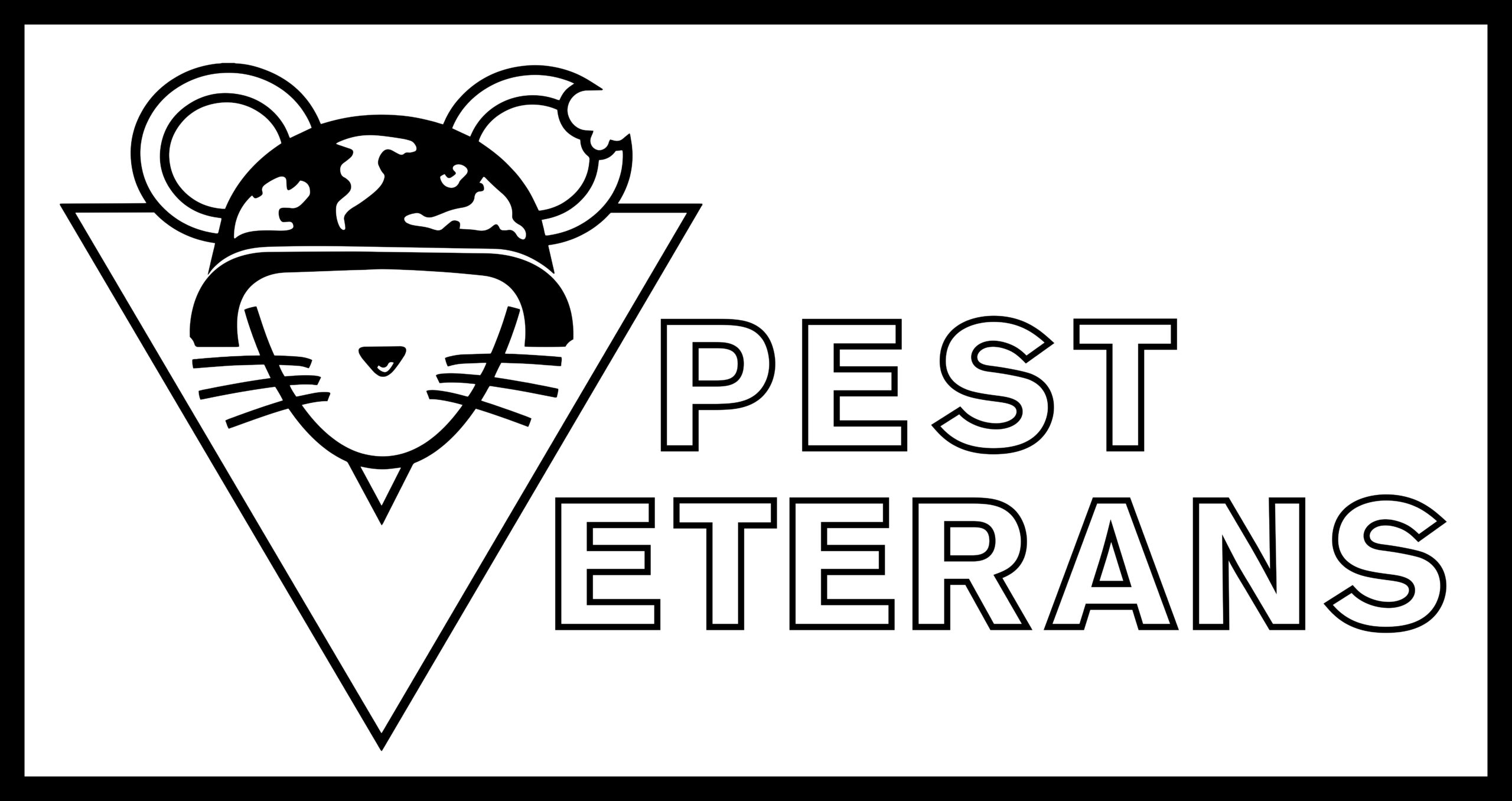
Services

Rodents
Sanitation. Poor sanitation and the presence of garbage help rats to survive in residential areas. Good sanitation will effectively limit the number of rats that can survive in and around the home. This involves good housekeeping, proper storage and handling of food materials and refuse, and elimination of rodent shelter (harborage). Outside dog pens must be properly maintained to reduce potential rat problems. Removing clutter around homes allows inspection for signs of rats. Good sanitary practices will not eliminate rats under all conditions, but will make the environment less suitable for them to thrive.

Cockroaches
Food, water and shelter are basic roach requirements. With all three present in sufficient quantity, cockroaches grow and reproduce with mated females producing oothecae – pillow-shaped egg capsules each containing up to 48 eggs. Tiny, wingless nymphs hatch from their eggs and gradually grow into adult roaches.

Ants
While ants contribute positively by conditioning the soil and preying upon termites, caterpillars and other pests, ants themselves often become pests. Their nests and mounds are considered unsightly where they are not wanted, and ant nests in structures can damage property. Ants consume and contaminate food. And some species sting people, pets and livestock, occasionally causing death.

Small Wildlife Removal
Many species of wildlife are found in Cook County. They are year round residents of our county and for the most part are welcomed visitors to our properties. Sometimes wildlife end-up in places that, are not safe for them or for the people or pets that may come in contact with them. The first step in dealing with wildlife is to take steps to prevent many of the most common problems involved with wild animals around our homes. Sometimes a problem will need a solution when it cannot be prevented.

Bedbugs
Bed bugs can survive more than a year without feeding, but most adults and nymphs probably do not live more than six months without a meal. This ability lets them wait for transient hosts that periodically inhabit camp cabins, apartments and temporary housing. It also helps them survive transportation. Today, bed bugs “hitchhike” more easily than ever, via public transportation and luggage, and in secondhand furniture, mattresses, bedding and clothing. In multi-unit buildings, bed bug infestations that are not adequately attended to often spread between units with or without human help, making eradication much more difficult and costly.

Flying Insects
The house fly and other types of “filth flies” can become nuisance pests, but also are important for their potential to harm humans and animals. House flies, for example, can spread diseases such as food poisoning and dysentery. Flies, including stable flies and mosquitoes can inflict painful bites while feeding on the blood of humans and other animals, and some species transmit disease.
